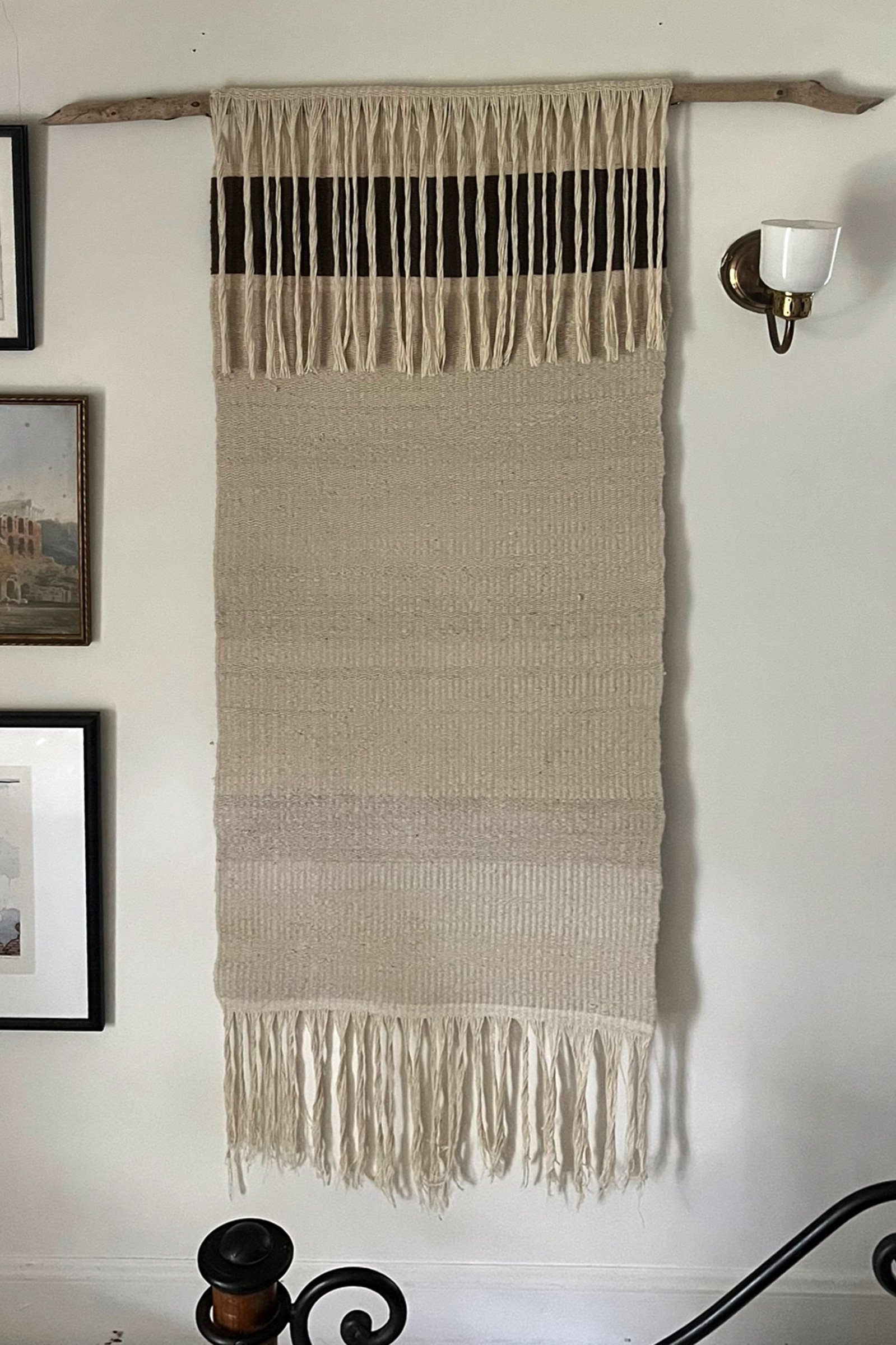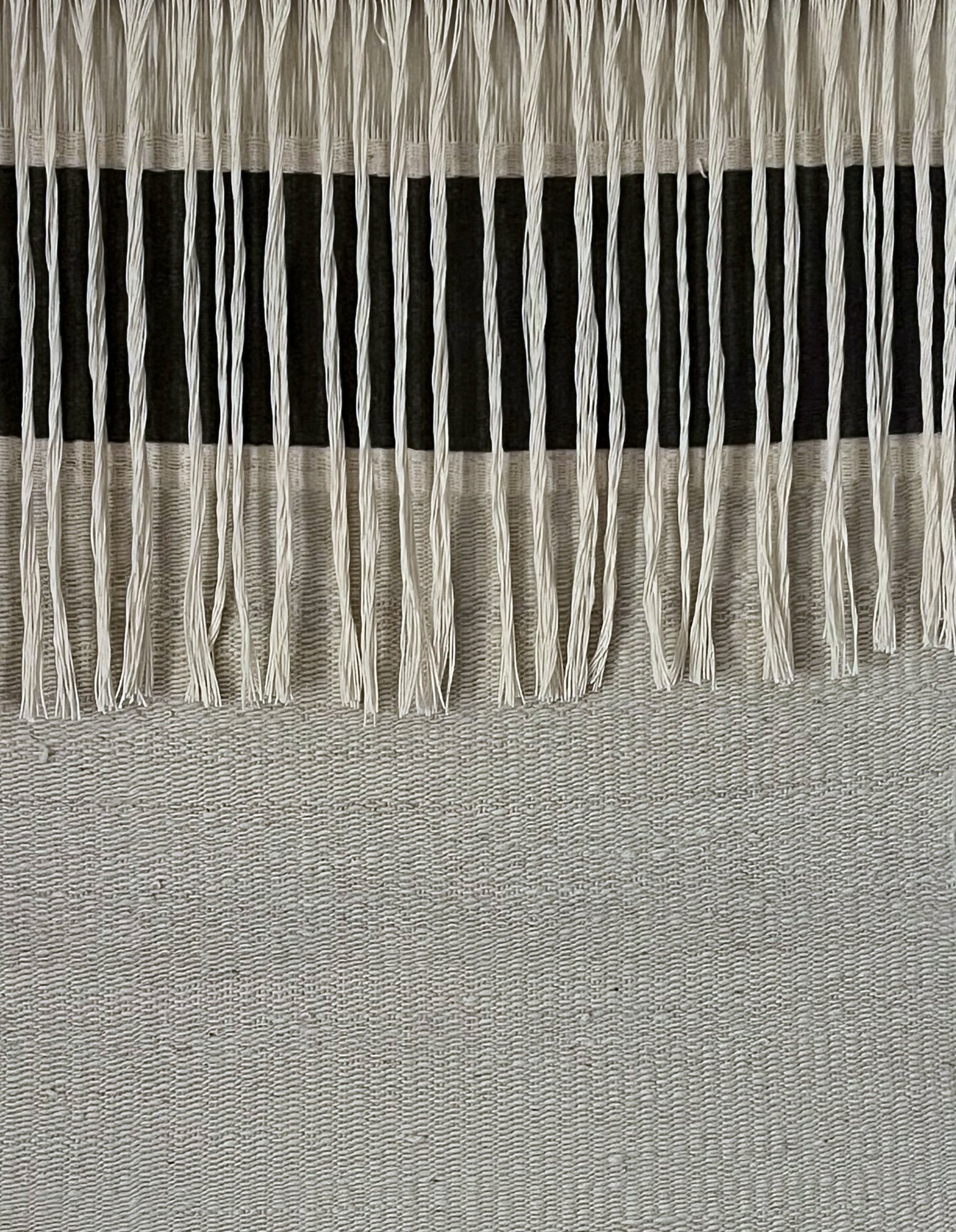I love reading Lake Look by The Lake Champlain Committee and its current issue with the reference to Caperton Tissot’s book Adirondack Ice: A Cultural and Natural History in Burlington’s Community Newspaper. I always learn more about the lake and in this case about ice.
Notes from Lake Look:
When record keeping on Lake Champlain freezing began in the 19th century, it was rare for a winter to go by without a complete freeze-over from shore to shore of the lake. This regular freezing created the basis for a seasonal culture of ice-dependent activities.
Ice fishing, spanning back millennia, was practiced by indigenous people of different tribes throughout the basin. They, like many today, used windbreaks when fishing on the ice, in their case from evergreen branches. Ice fishing is still an important activity for many of us. Historically, people of the Champlain Basin extracted not only fish from under the ice, but ice itself.
Ice was wild harvested and boomed in the 19th century. Block and pulleys would bring ice ashore and then were sent down country protected in sawdust. We also inherited stories of the frozen lake as a highway access to visit friends and family, build cabins in inaccessible places, ship food and supplies, etc.
In the case of GreenTARA, the former St Benedict’s Church that was moved from City Bay to where it sits today, the story goes that a small group of local Catholics petitioned the bishop in approximately 1883 to buy the 1823 general store on the waterfront and known as the “Wadsworth Store” (or in some deeds the “Keeler Store” - Keeler was father-in-law to Wadsworth). So by 1887 Bishop DeGoesbriand is brought to across the ice to North Hero from Burlington to inspect the property; he approves the purchase, loans the money, and the general store converts to a Catholic church for the next 120 years…
And where is our ice today?
For the past decade, Lake Champlain has frozen over completely just three times – in 2014, 2015, and 2019. Full closure of the ice on the lake was once the norm, but due to higher winter temperatures from climate change, a trend in less and less ice is apparent.
Based on historic and current trends Dr. Vaughan of the Lake Champlain Basin Program predicts that the lake will “close” about once every four years for the next few years.… This warmer winter trend also poses a problem for cold-water species like lake trout and appears to have a role in the cyanobacteria blooms we are experiencing.
But maybe not all is lost - we do have a few ice and snow goddesses we could solicit for our Great Ice 2023 winter planning:
Skaði, from Norse Mythology, who is a jötunn (a supernatural being) and goddess associated with bowhunting, skiing, winter, and mountains and linked to skiing and snowshoeing,
Or if you like Greek mythology better, we have:
Khione (chiōn – means snow in Greek) who is a minor goddess or snow nymph and daughter of Boreas, god of the North Wind and Winter. She has divine authority over ice, and snow, and can freeze mortals and demigods into ice sculptures! (re. Wikipedia).
Look for specific postings and updates on Great Ice 2023. Events are planned for Feb 17, 18, 19, 2023, including at the Gallery: a showing of The Quarry Project film of Hannah Dennison and Company’s gorgeous dance project from last summer. Sat Feb 18, at 4pm.
Image from Mary H. Foster’s Asgard Stories: Tales from Norse Mythology, 1901







